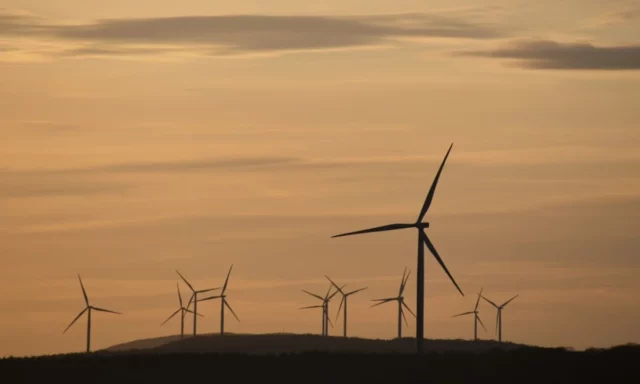While Costa Rica buys electricity in other countries for up to $0.17 per kilowatt/hour, locally it could be produced for $0.08, and do so through clean energy. Despite this, in the last two years different plants have been stopped, which is why the sector asks for solutions for the most immediate term.
That was the panorama exposed in the Legislative Assembly by the Costa Rican Association of Energy Producers (Acope) this past Wednesday. The group was summoned by the Energy Commission, where they presented their scenario and needs; emphasizing the lack of competitiveness that the electricity market currently has and how this would affect consumers.
Standing power plants
The president of Acope, Manrique Araya, explained that the problem has been increasing in recent years and with consequences in various areas. “We have been failing to renew contracts with private plants for two years. Some of them started operations in the 1990s and today have no other alternative,” he explained.
To this he added that these plants are almost always located in rural areas. With its closure, local employment is affected and also the payment of taxes to the municipalities. And these generators could offer a cheaper price not only for imported energy but also for that generated on national soil with some methods.
“Thermal energy was generated in Costa Rica that only the variable cost of the fuel, only the part that is consumed, cost 16 cents per kilowatt hour,” the spokesperson added. In his diagnosis he also included a reference to the projections on the demand for energy. At the discretion of the union, the ICE estimates fall short.
As part of his speech, Rojas also pointed out how consumers are the ones who see the impact of the current model. “The electrical system lacks competition and it is reflected in the rates,” he stated.
In the most immediate, the producers ask to approve two bills that have been in Congress for some time. One would allow not only ICE to buy energy from these generators, and the other would enable the export of surpluses.
“There are two very specific laws that are advanced and we need short-term solutions,” he said. At the same time, he said that the modernization proposals proposed by the Government could also be assessed, but that urgent measures are currently being taken.
Mario Alvarado, executive director of Acope, called for a more “user-centric” model. With this, the expansion and electrical operations could be modernized, also taking into account criteria such as those of the OECD.

To this they add the need to make the electrical planning model more open and the need to remove the National Center for Energy Control (Cense) from ICE. “We have an important limitation now, since Cence is an administrative unit of ICE where there is a risk that it will be a judge and a party in decision-making,” he pointed out.
The Association’s prosecutor, María Fernanda Esquivel, recounted the problems they are having in the plants to at least give the minimum maintenance to the stopped equipment. She pointed out that efforts are made to give enough if they come to demand services, but it is still complex.
As an example, she gave the current state of a wind farm in Tilarán, whose contract was not renewed due to allegedly low demand. “It’s like a cemetery, it’s quite sad, we have tried to maintain the minimum in order to be ready when the injection of energy is required, but they make it very difficult for us,” she said.

